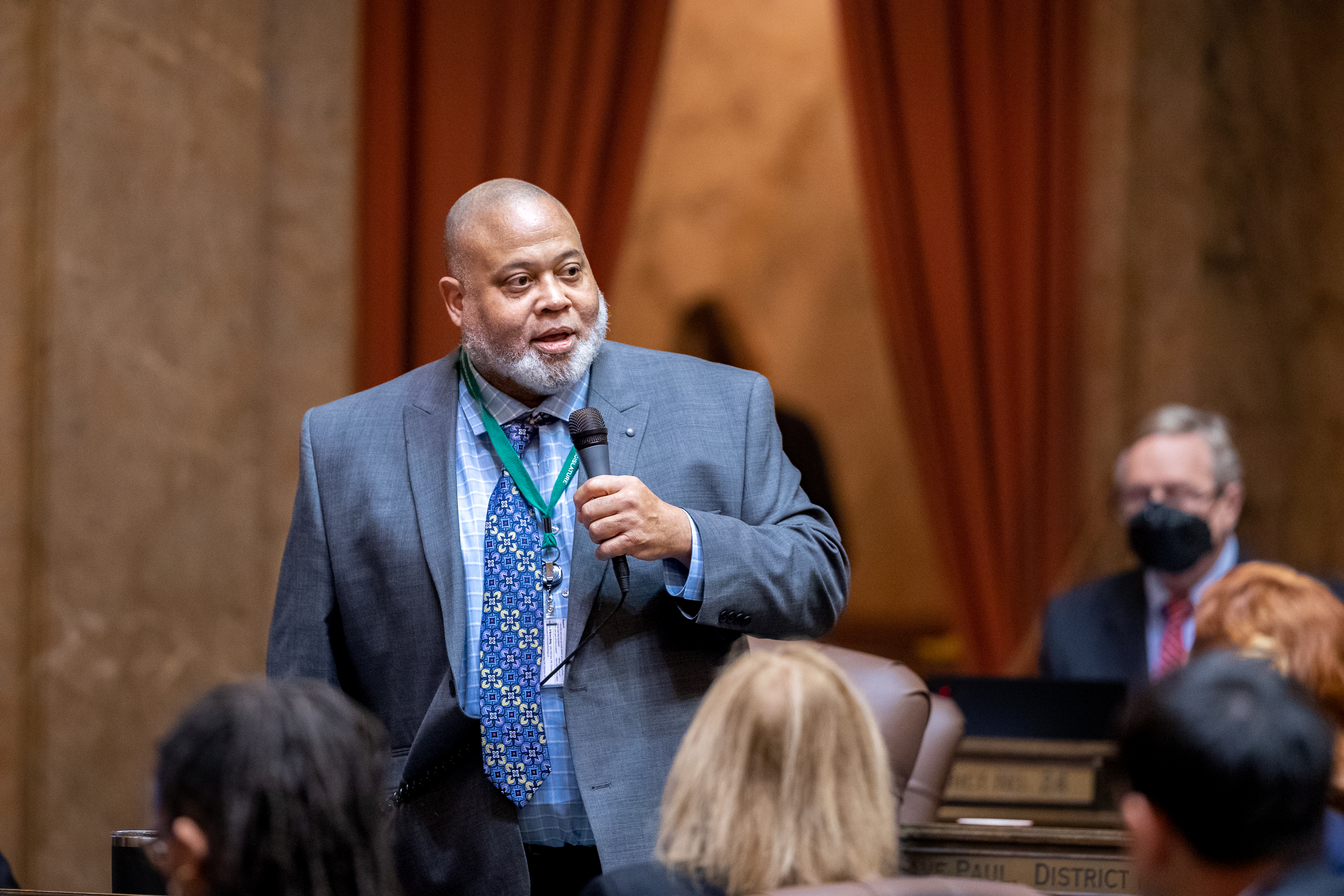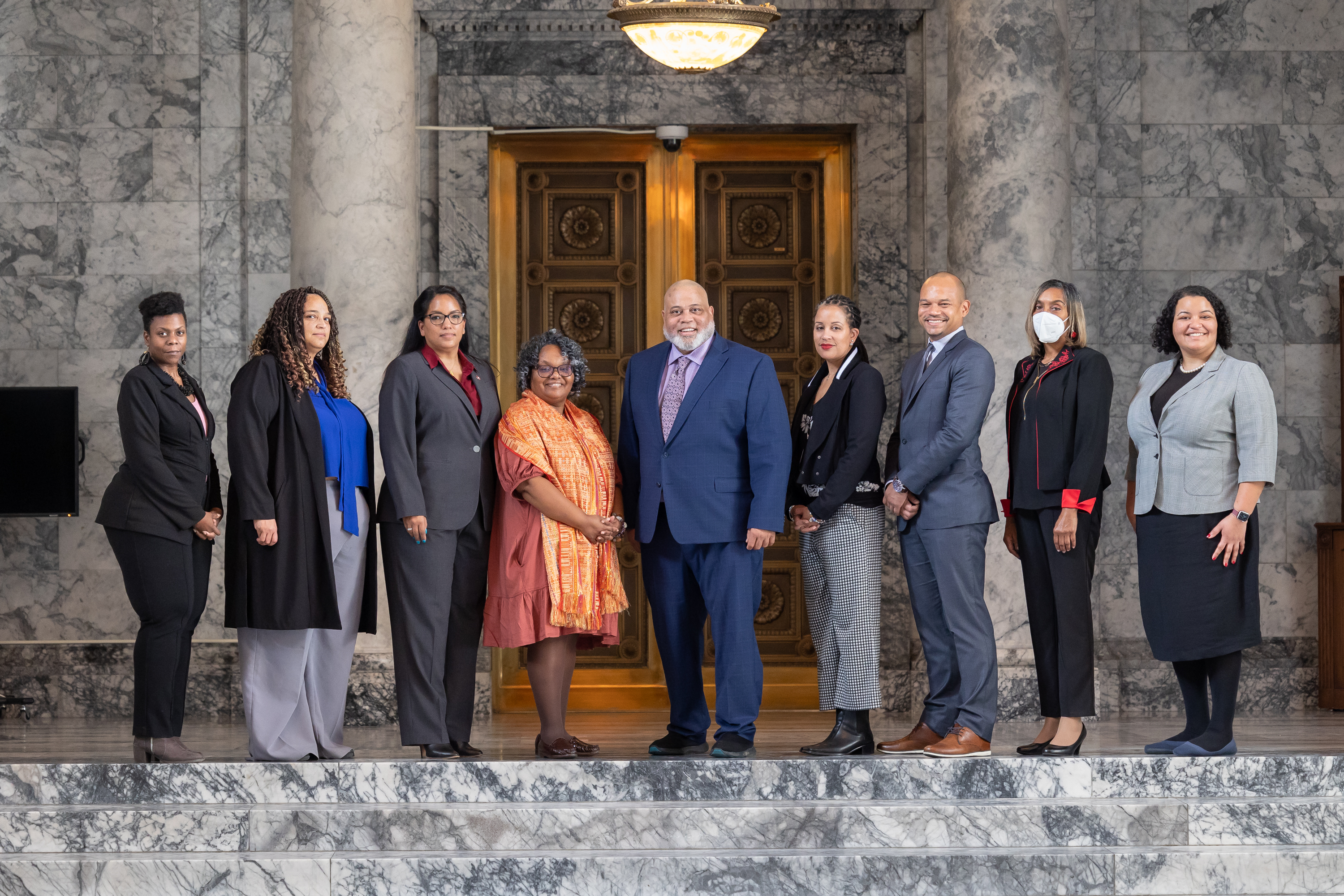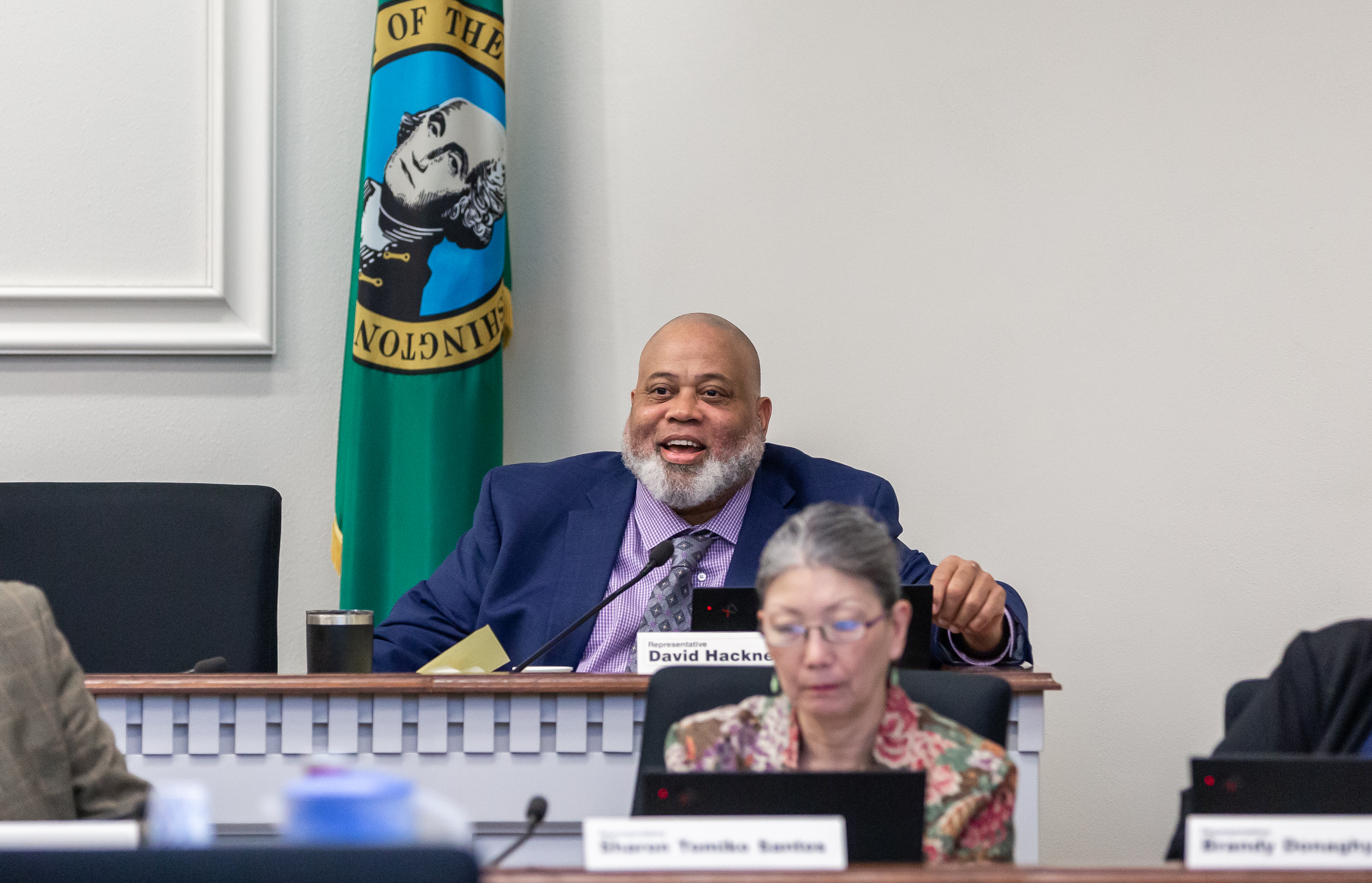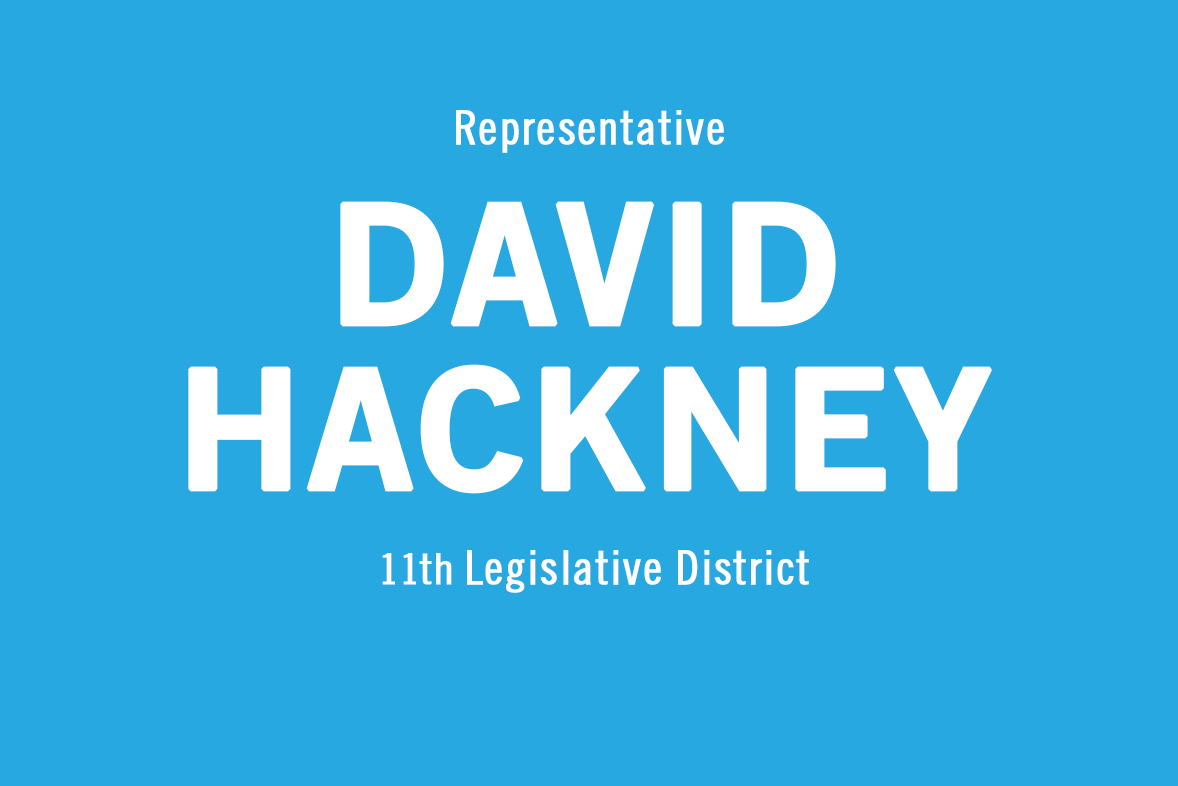Dear Friends and Neighbors,
We recently wrapped up the 2022 Legislative Session after passing policies and making investments that will help our communities grow and recover as we come out of this pandemic.
Though we had some long days (and some very late nights), I’m so proud of what we were able to accomplish. We took historic steps this year to support families, protect our communities, and help our small businesses get back on their feet. This newsletter provides an update on this work and what it means for our district and state. Please note that as a post-session update, this email will be a little longer than my regular updates, but I hope you will find it useful.
Thank you for your continued engagement and feedback. I am proud of what we’ve accomplished together. As always if you have any questions, comments, or feedback please reach out to my office.
Thanks for taking the time to read this update and look out for future emails highlighting what we accomplished this session.
In service,

Investing in Recovery
Everyone deserves to come out of this pandemic better than they went into it. To that end, this session we built on the 2021 Washington Recovery Budget to help every community recover with better access to child care, fully funded schools, a better-paid health care workforce, and strategic investments in our small businesses and entrepreneurs. We also passed a historic transportation package that ushers in a sustainable transportation future for our state. Finally, our capital budget makes significant investments in housing, early learning and behavioral health facilities, wildfire prevention and more.
Our Operating and Capital Budgets
Last year, we passed a budget that focused on those hit the hardest by the COVID-19 pandemic because we didn’t want to leave anyone behind on our path to economic recovery. This year we worked on a supplemental budget to adjust and make new investments based on what we heard from you.
Our priorities included increasing economic stability, fixing our healthcare system, growing affordable childcare, supporting behavioral health, building sustainable infrastructure, helping people find housing and keeping people housed, making higher education more affordable, and so much more.
This budget was also unique because we had a significant amount of one-time funding from the federal government that helped make many investments possible. With that funding, and the robust economic growth our state has experienced over the last year, I’m proud that we were able to make these investments without any general tax increases. Importantly, we’ve also ensured that we have a healthy reserve in our Rainy Day Fund.

Small Business Economic Stability – We know that many of our small businesses bore the brunt of the COVID-19 pandemic, from keeping employees and customers safe to navigating gaps in the supply chain. This year we continued to find ways to help our small businesses recover and expand, investments like:
- $100 million in funding for restaurants and hospitality businesses.
- $75 million in disaster response, innovation, and resiliency funding.
- $25 million in funding for small business assistance for arts, heritage, and cultural organizations.
- Funding for a permanent increase in the B&O tax credit reporting threshold, which will reduce the tax liability for businesses making less than $125,000 annually.
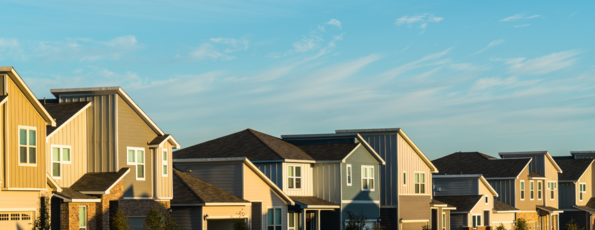
Homelessness and Housing – Our state is in the middle of a housing crisis. There’s no single answer to solve this problem, but we’ve invested money to grow our housing stock, assist with rent and utilities, and help get people housed. Some of those investments include:
- A record $500 million transfer from the Operating to Capital budget to address housing needs.
- $318 million in the operating budget for housing and homelessness, including: $45 million in additional rental assistance funds, $55 million in homeless provider stipends, and more.
- $439 million in the capital budget for housing and shelter, including: $300 million for Rapid Capital Acquisition to make more housing available ASAP, $113 million for the Housing Trust Fund, $15 million for homeless youth projects, $2 million for the mobile home preservation program, and more.
- $2.9 million to support students experiencing homelessness at our community and technical colleges.
We know that keeping people housed will require more than just investments in housing itself, which is why we also directed money towards kitchen tables costs for families. Things like:
- $160 million for utility assistance (broadband, energy, water, garbage, and recycling).
- $94 million for additional food assistance.
- $11 million to expand Temporary Assistance for Needy Families (TANF).
- $4 million in the capital budget for food banks.
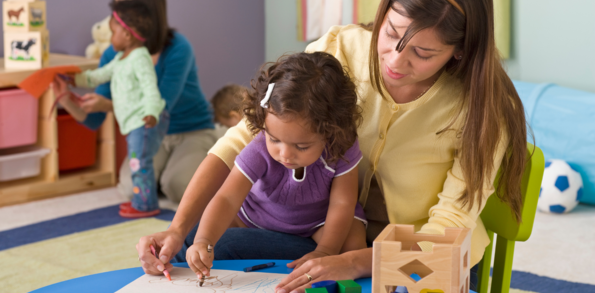
Childcare and K-12 Education – The pandemic has been particularly challenging for our children and families, between pivoting to online education and trying to find affordable, steady childcare, we’ve asked a lot of parents in our state. We clearly heard the need to expand and support our childcare and K-12 systems. That’s why this year we expanded on previous investments and added:
- $48 million for early learning facilities, and $22 million in grant funding for distressed public schools in the capital budget.
- $50 million for Working Connections Child Care provider rates.
- $13 million to expand ECEAP slots and add summer slots.
- $45 million in increased rates for family childcare providers.
- $360 million to stabilize enrollment and transportation funding at our public schools.
- $91 million for additional counselors, nurses, psychologists, and social workers in our schools.
- $28 million for a learning assistance program.
- $44 million in funding for school nutrition programs.

Healthcare Costs – The last two years have put an immeasurable additional strain on our health care workers and the healthcare industry as a whole. This year we focused on investments that will make a real difference for many Washingtonians, whether you’re seeking care or work in the health care industry, things like:
- $125 million for continued COVID-19 response and vaccination efforts.
- $25 million in additional funding for community health centers.
- $22 million to increase children’s Medicaid dental rates.
- $425 million to continue COVID-19 rate increases for long term care and developmental disability providers.
- $263 million to raise wages for people working in supported living facilities, assisted living facilities, and nursing homes.

Behavioral Health – We continued work this session to address our state’s behavioral health crisis. I’ve heard from many of you about how important this area is, especially as we continue to navigate the stress and mental health challenges posed by the pandemic. Our state has shown remarkable resilience, but we need to make sure we’re meeting the needs of all Washingtonians. This includes our youth, who have been particularly impacted. Investments this year include:
- $100 million to support behavioral health providers.
- $51 million in mental health and substance use disorder provider rate increases.
- $35 million for crisis, outreach, and diversion programs.
- $23 million to expand opioid response programs and supports.
- $111 million in capital budget investments, including $72 million for residential crisis triage and stabilization facilities, $26 million for community behavioral health capacity grants, and $13 million for capital investments at state-run behavioral health facilities.
Click here to learn more about the Operating and Capital Budgets.
Move Ahead Washington
This year’s transportation package was a historic investment, focused on moving Washington towards a more sustainable and inclusive future— all without increasing the gas tax.

This package was two years in the making. As a member of the Transportation committee, I was present in over 90 listening sessions with people across the state to talk about what they needed from a transportation budget, and we created this package to meet 4 basic goals:
- Preserve our infrastructure (roads, bridges, ferries, and sidewalks), because our economic well-being depends on people and goods moving efficiently across our state.
- Reduce carbon emissions because we need to address the climate crisis and move towards technology of the future like zero-emissions ferries, electric vehicles, and active transportation.
- Expand safe, accessible, affordable options to get around because Washingtonians deserve convenient, accessible transportation options they can rely on.
- Address the harm caused by past transportation policies because communities of color and low-income communities have faced a disproportionate impact from previous policies, from highway placement to emissions to services.
I’m incredibly proud of the work we were able to do with this package of legislation. If you have questions, click here to learn more about Move Ahead Washington.
